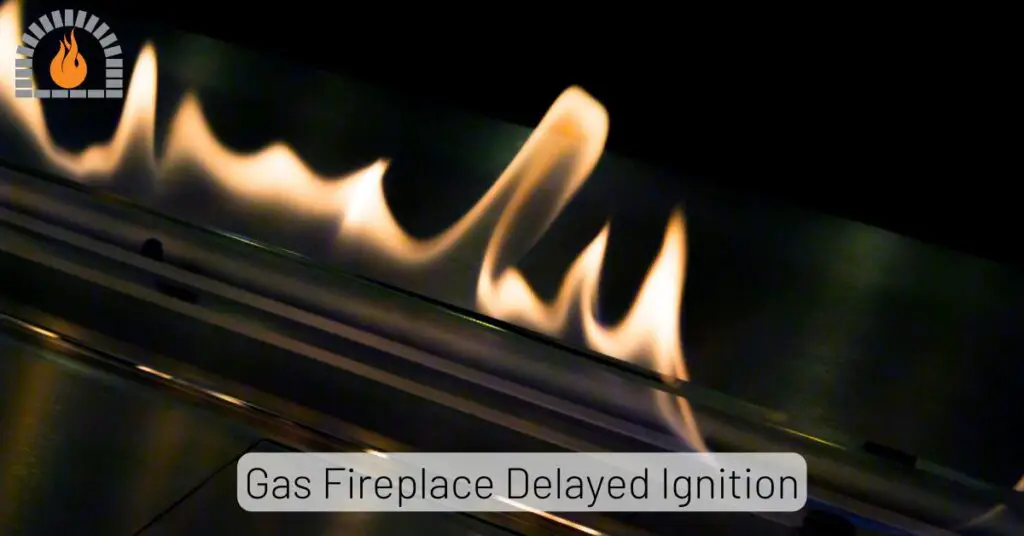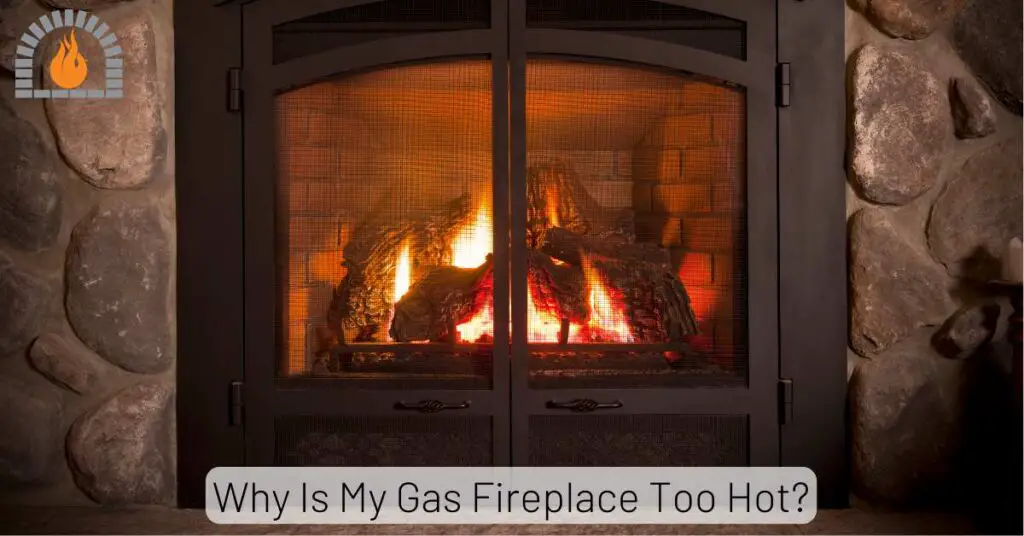Natural gas cost per therm is a crucial metric that helps homeowners and businesses understand their energy expenses. A therm is the standard unit of measurement for natural gas consumption, equal to 100,000 British Thermal Units (BTUs).
The average residential natural gas price in the United States typically ranges from $0.50 to $1.50 per therm, though this varies significantly by region, season, and market conditions. By tracking natural gas costs per therm over time, consumers can make informed decisions about their energy usage, budget more effectively, and identify opportunities to reduce their utility bills.
Key Takeaways
- A therm is the standard unit for measuring natural gas consumption, equivalent to 100,000 BTUs
- Natural gas prices per therm vary by region, season, and market conditions
- The average U.S. residential natural gas price ranges from $0.50 to $1.50 per therm
- Understanding your natural gas costs can help you budget and identify savings opportunities
- Factors like supply, demand, weather, and infrastructure affect natural gas pricing
- Comparing historical price trends can help predict future costs
What Is a Therm and Why Does It Matter?
Before diving into cost analysis, it’s essential to understand what a therm actually represents. A therm is the standard unit of measurement for natural gas consumption, equal to 100,000 British Thermal Units (BTUs). A BTU measures the amount of heat required to raise the temperature of one pound of water by one degree Fahrenheit.
When you look at your natural gas bill, you’ll see your consumption measured in therms (or sometimes in CCF, which equals 100 cubic feet). One CCF is approximately equal to 1.037 therms. Understanding this measurement is crucial because it allows you to compare prices across different providers and periods accurately.
Natural Gas Measurement Units Conversion
| Unit | Equivalent | Description |
|---|---|---|
| 1 Therm | 100,000 BTUs | Standard unit for pricing natural gas |
| 1 CCF | 100 cubic feet | Volumetric measurement used by utilities |
| 1 CCF | ≈1.037 therms | Conversion from volume to energy content |
| 1 MCF | 1,000 cubic feet | Larger volumetric measurement |
| 1 MCF | ≈10.37 therms | Conversion from volume to energy content |
Factors Affecting Natural Gas Cost Per Therm
Natural gas prices aren’t static—they fluctuate based on numerous factors. Understanding these variables can help you anticipate price changes and manage your energy expenses more effectively.
Supply and Demand Dynamics
The fundamental economic principle of supply and demand heavily influences natural gas prices. When production increases or storage levels are high, prices tend to decrease. Conversely, when supply is limited or storage levels are low, prices typically rise. The U.S. Energy Information Administration (EIA) provides weekly updates on natural gas storage that can impact market prices.
Seasonal Demand
Natural gas consumption follows a seasonal pattern, with higher demand during winter months for heating and during summer months in regions where natural gas powers electricity generation for air conditioning. This seasonal demand creates price fluctuations throughout the year.
Weather Patterns
Extreme weather events, both hot and cold, can significantly impact natural gas prices. Extended cold snaps increase heating demand, while heatwaves can boost electricity generation needs. Additionally, hurricanes in the Gulf of Mexico can disrupt production and transportation infrastructure, leading to temporary price spikes.
Infrastructure and Transportation Costs
The cost of transporting natural gas from production areas to consumers affects the final price. Regions closer to natural gas sources or major pipelines typically enjoy lower prices than remote areas that require extensive infrastructure.
Regulations and Taxes
Government regulations, environmental policies, and taxes can all influence the final cost of natural gas. State and local taxes vary significantly across the country, contributing to regional price differences.
Regional Variations in Natural Gas Costs
Natural gas prices vary considerably across the United States due to factors like proximity to production areas, infrastructure availability, regional demand, and state regulations. Understanding these regional differences can help you benchmark your costs against national averages.
Average Natural Gas Prices by Region
| Region | Average Price per Therm | Compared to National Average |
|---|---|---|
| Pacific | $1.45 | 45% higher |
| Mountain | $0.85 | 15% lower |
| West North Central | $0.95 | 5% lower |
| East North Central | $0.90 | 10% lower |
| South Atlantic | $1.10 | 10% higher |
| East South Central | $0.80 | 20% lower |
| West South Central | $0.70 | 30% lower |
| Middle Atlantic | $1.20 | 20% higher |
| New England | $1.50 | 50% higher |
The West South Central region, which includes major natural gas-producing states like Texas and Louisiana, typically enjoys the lowest prices due to proximity to production. In contrast, New England and the Pacific states often face higher prices due to limited infrastructure and greater distance from production areas.
Calculating Your Natural Gas Costs
To calculate your natural gas costs, you’ll need to understand the rate structure used by your utility provider. Most utilities use either a flat rate or a tiered rate structure.
Flat Rate Calculation
With a flat rate structure, the calculation is straightforward: Total Cost = (Monthly Service Charge) + (Price per Therm × Number of Therms Used)
Tiered Rate Calculation
Some utilities use tiered pricing, where the price per therm increases as consumption rises: Total Cost = (Monthly Service Charge) + (Price per Therm for Tier 1 × Therms in Tier 1) + (Price per Therm for Tier 2 × Therms in Tier 2) + …
Example Natural Gas Cost Calculation
| Component | Calculation | Amount |
|---|---|---|
| Monthly Service Charge | Fixed fee | $15.00 |
| First 50 therms @ $0.80/therm | 50 × $0.80 | $40.00 |
| Next 50 therms @ $0.90/therm | 50 × $0.90 | $45.00 |
| Additional therms @ $1.00/therm | 20 × $1.00 | $20.00 |
| Taxes and Fees | 5% of energy charges | $5.25 |
| Total Bill | $125.25 |
Natural Gas Cost Per Therm Compared to Other Energy Sources
To put natural gas costs in perspective, it’s helpful to compare them with other common energy sources. This comparison should consider both the cost per unit of energy and the efficiency of the appliances using that energy.
Cost Comparison of Common Energy Sources
| Energy Source | Unit | Cost per Unit | BTUs per Unit | Cost per Million BTUs |
|---|---|---|---|---|
| Natural Gas | Therm | $1.00 | 100,000 | $10.00 |
| Electricity | kWh | $0.15 | 3,412 | $43.96 |
| Heating Oil | Gallon | $3.50 | 138,500 | $25.27 |
| Propane | Gallon | $2.80 | 91,500 | $30.60 |
Note that this comparison doesn’t account for appliance efficiency. For example, while natural gas appears much cheaper than electricity per BTU, electric heat pumps can be 200-400% efficient, whereas natural gas furnaces are typically 90-98% efficient. This efficiency difference narrows the cost gap for heating applications.
Tips for Reducing Your Natural Gas Costs
There are numerous strategies you can employ to reduce your natural gas expenses without sacrificing comfort. Here are some effective approaches:
Improve Home Insulation
Proper insulation reduces heat loss in winter and heat gain in summer, decreasing your natural gas consumption. Focus on insulating attics, walls, and floors, and sealing air leaks around windows and doors.
Upgrade to High-Efficiency Appliances
Modern natural gas furnaces, water heaters, and appliances are significantly more efficient than older models. Consider upgrading to ENERGY STAR certified products when it’s time to replace existing equipment.
Regular Maintenance
Schedule annual maintenance for your heating system and water heater to ensure they’re operating at peak efficiency. Simple tasks like cleaning or replacing filters can make a noticeable difference in performance and energy consumption.
Smart Thermostats
Installing a programmable or smart thermostat allows you to optimize your heating schedule, reducing energy consumption when you’re away or asleep without sacrificing comfort when you’re home.
Weatherization
Simple weatherization measures like installing storm windows, using door sweeps, and adding insulation to hot water pipes can reduce energy waste and lower your bills.
Shop for Suppliers
If you live in a state with energy choice programs, compare rates from different natural gas suppliers to ensure you’re getting the best deal. Be sure to understand contract terms, including fixed vs. variable rates and any early termination fees.
Future Natural Gas Price Projections
While predicting future energy prices with certainty is impossible, analysts use various models and indicators to forecast trends. Several factors suggest potential paths for future natural gas prices:
Domestic Production Trends
The United States has become the world’s leading natural gas producer thanks to advances in extraction technologies. Continued production growth could help keep prices relatively stable, while restrictions on drilling or declining well productivity could lead to price increases.
Export Markets
Growing LNG (liquefied natural gas) export capacity is connecting U.S. natural gas prices to global markets. Increased demand for American natural gas abroad could put upward pressure on domestic prices.
Environmental Regulations
Policies aimed at reducing greenhouse gas emissions could impact natural gas demand and pricing. While natural gas is cleaner than coal or oil, it’s still a fossil fuel that produces carbon dioxide when burned.
Renewable Energy Competition
The declining costs of renewable energy sources like wind and solar could reduce demand for natural gas in electricity generation, potentially putting downward pressure on prices.
Understanding Natural Gas Derivatives and Hedging
For larger consumers or those interested in the financial aspects of natural gas markets, understanding derivatives and hedging strategies can provide insights into price formation and risk management.
Natural gas futures contracts traded on exchanges like the New York Mercantile Exchange (NYMEX) allow market participants to lock in prices for future delivery, providing transparency about market expectations. These futures prices influence the rates that utilities and suppliers offer to consumers.
Some larger commercial and industrial natural gas users engage in hedging strategies to protect against price volatility. While typically not available to residential customers, understanding these mechanisms can provide context for market movements that ultimately affect consumer prices.
FAQs
What is the average natural gas cost per therm?
The average residential natural gas price in the United States typically ranges from $0.50 to $1.50 per therm, though this varies significantly by region, season, and market conditions. According to the U.S. Energy Information Administration, the national average has been around $1.00 per therm in recent years.
Why do natural gas prices vary by state?
Natural gas prices vary by state due to factors like proximity to production areas, infrastructure availability, regional demand patterns, state regulations, and taxes. States closer to natural gas sources or major pipelines typically have lower prices than remote areas.
How can I reduce my natural gas bill?
You can reduce your natural gas bill by improving home insulation, upgrading to high-efficiency appliances, performing regular maintenance, installing smart thermostats, weatherizing your home, and shopping for alternative suppliers if available in your area.
Affiliate Disclosure: Fireplaceadviser.com is a participant in the Amazon Services LLC Associates Program. We may earn a commission when you click on certain links on this site and purchase.

Hello!! I am Jamal Khan. I often fix my home electric heaters and gas stove problems and research the common issues in the heating units to improve my knowledge and expertise. The aim of establishing fireplaceadviser.com is to share my expertise and knowledge with my audience.












